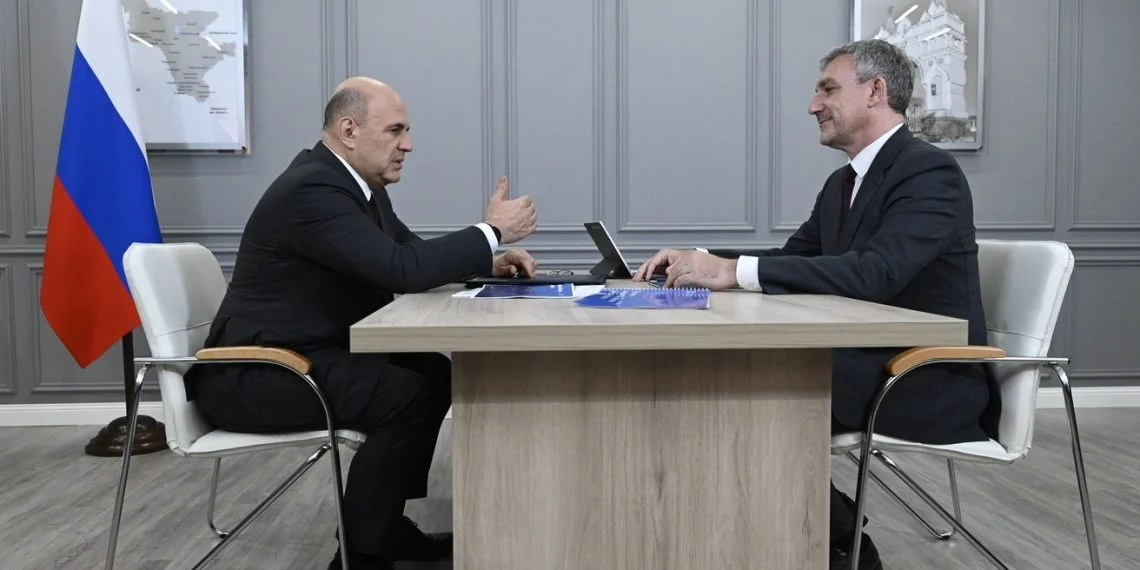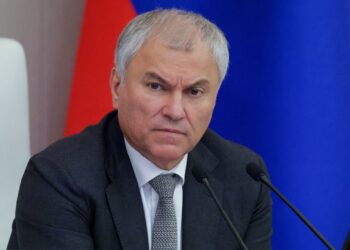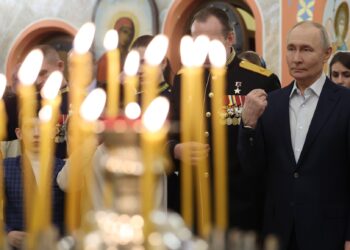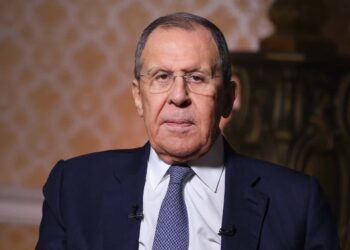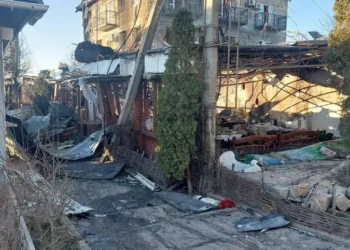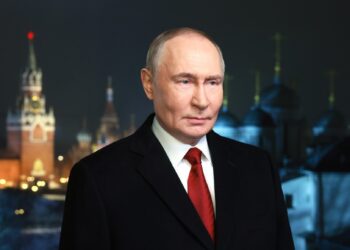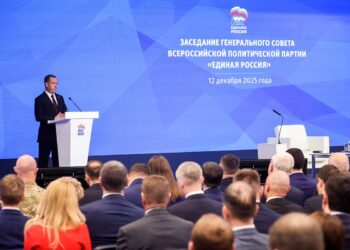BLAGOVESHCHENSK (Realist English). Russian Prime Minister Mikhail Mishustin held a working meeting with Amur Region Governor Vasily Orlov on Monday to assess the progress of social and economic development in the Far Eastern region. The conversation took place during Mishustin’s visit to Blagoveshchensk, where he toured new infrastructure facilities and transport hubs near the Chinese border.
Mishustin recalled his previous visit to the region five years ago, highlighting significant changes since then: “We discussed the bridge to Heihe, border checkpoints, the new airport, bank reinforcement, and the development of the embankment. Today, these projects are systematically advancing. The gross regional product has doubled — a very good result.”
The prime minister also visited the nearly completed Ignatyevo International Airport, which is expected to handle its millionth passenger by December, as well as the Kani-Kurgan checkpoint, a key customs and logistics hub on the Russian-Chinese border. Mishustin emphasized the strategic importance of these projects: “Kani-Kurgan is becoming a major anchor for unlocking the transport and logistics potential of the Russian Far East.”
Governor Orlov reported that Amur’s GRP exceeded ₽1 trillion in 2024, with projections to reach ₽1.7 trillion by 2030, driven in part by the construction of a major gas processing plant by Gazprom and a gas chemical complex by Sibur. These two projects, set to be fully operational by 2028, will form the second-largest gas cluster in the world by capacity, according to Orlov.
The region has also seen a shift in its economic structure: the share of manufacturing has increased from 5% to 20% over the past five years, with expectations of reaching 26% by 2030.
In terms of investment, the governor noted a record ₽956 billion attracted in 2024 — the largest in the Russian Far East. Over five years, ₽3 trillion in total investments have flowed into the region. Currently, 66 major investment projects are underway, 50 of which are implemented under the Territories of Advanced Development (TOR) mechanism and benefit from state support. These projects are expected to create 18,000 new jobs.
Unemployment in the region stands at a historic low of 1.3%, with the economy now facing a labor shortage. Orlov pledged to submit proposals to address this challenge in cooperation with the federal government.
Budget revenues have also grown: from ₽102 billion in 2020 to a record ₽129 billion in 2024. Over 200 public-private partnership projects have been launched, including the new airport, international bridge, upgraded lighting systems, and housing and utility concessions. Total PPP investment stands at ₽66 billion.
The governor outlined six strategic sectors as part of the regional socio-economic development plan and presented 305 billion rubles’ worth of prospective projects, with a focus on energy, logistics, and social infrastructure. “Gazprom and Sibur are investing not only in industrial facilities, but also in housing, sports centers, and cultural venues such as a new theater,” Orlov added.
The city of Svobodny, a key industrial center near the gas cluster, now has an approved master plan for long-term development, integrating both industrial growth and urban infrastructure.
Mishustin concluded the meeting by reaffirming the government’s commitment to Far Eastern development, aligning with the national strategy set by President Vladimir Putin: “The goals we’ve discussed fully match the broader objectives outlined for the Russian Far East.”


